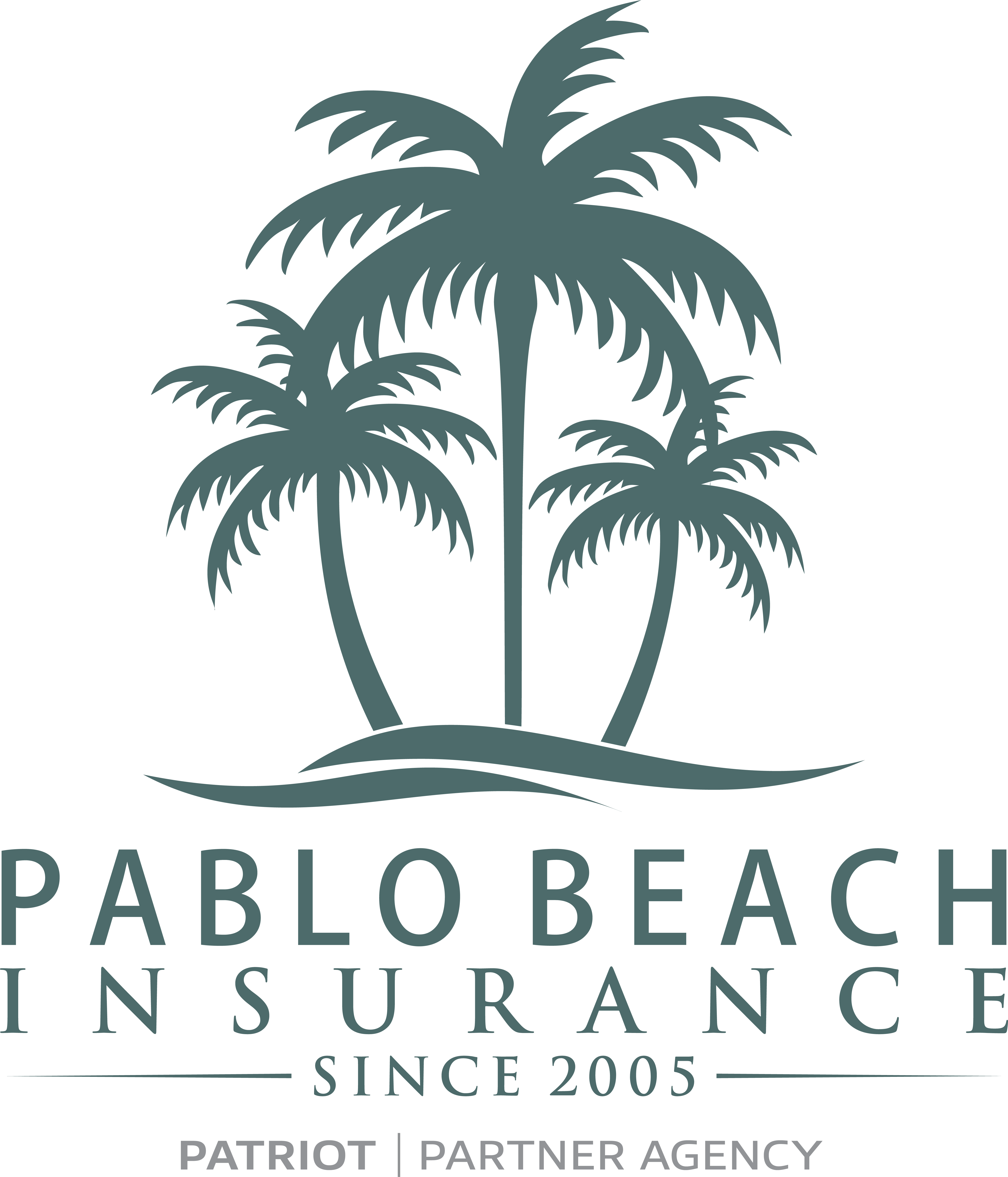
As hurricane season is coming to a close I’m sure you’re sighing a breath of relief if you avoided needing to use your flood insurance. However, that flood insurance won’t cover you in all instances. Not all water is created equal based on the source of the water if it damages your home. What happens if your pipes burst or there is water damage from an exploding toilet? Your homeowner’s insurance policy kicks in and covers that since water damage from that source isn’t included in most flood insurance packages.
The average repair cost for 120 square feet of water damage in southern Florida runs around $800 on the low end of the estimate. Depending on how much water damage and the level of repair you would require or want in the event of water damage, it could potentially cost hundreds more than this basic estimate. Even more than that you have to factor in the cost of the time it takes to repair your house from water damage and the displacement it could cause you and your family. Follow these water damage prevention tips and tricks to catch an issue before it gets out of hand and derails your life for the worse.
Spend a little to save a lot
Water Leak Detection Alarms can run as low as $10 and potentially save a lot of hassle down the road by detecting and alerting you to a potential leak before you come upon it. Place these devices around leak-prone areas such as under sinks, behind toilets, and under water heaters and forget about them. Useful, inexpensive tools that can save hundreds, if not thousands, of dollars worth of water damage costs.
Slow leaks that are unfixed for months in seldom checked areas (such as the water heater or under the sink) typically aren’t covered by homeowner’s insurance since it is seen as negligence. These alarms can help you detect usually unfound leaks and prevent the growth of mold. Whether homeowners insurance covers the resulting mold is dependent on whether it was long-term neglect versus an unexpected burst pipe or something similar, and what your homeowner’s insurance coverage level.
Know how and where to shut off your water
If and when those sensors go off alerting you to a potential leak, know where and how to shut off your water. Most toilets have a shut off valve directly behind them and most sinks and water heaters have a shut off valve underneath them.
Shut off valve locations to know:
- Typically behind or directly underneath toilets, sinks and water heaters.
- Main water supply to the house
- Single level or more home – Near water heater or garage.
- Or near the street or the meter box (may require a meter key and/or simple crescent wrench).
If you shut off the water to your house, relieve the pressure on the pipes by running the water (both hot and cold) until it doesn’t flow any more. Unnecessary pressure could cause the pipes to burst and cause more damage.
Get insured early
Most policies take 30 days after purchase to take effect, so buy homeowner’s insurance before you need it. Flood Insurance covers flood damages through natural causes and doesn’t cover water damage from burst or leaking pipes. Speak to an agent to determine what type of Homeowner’s Insurance suits your needs and protects you in case of a water damage event.
Every home and property has different insurance needs, so make sure to discuss your needs and goals for coverage when you contact your insurance agent.

